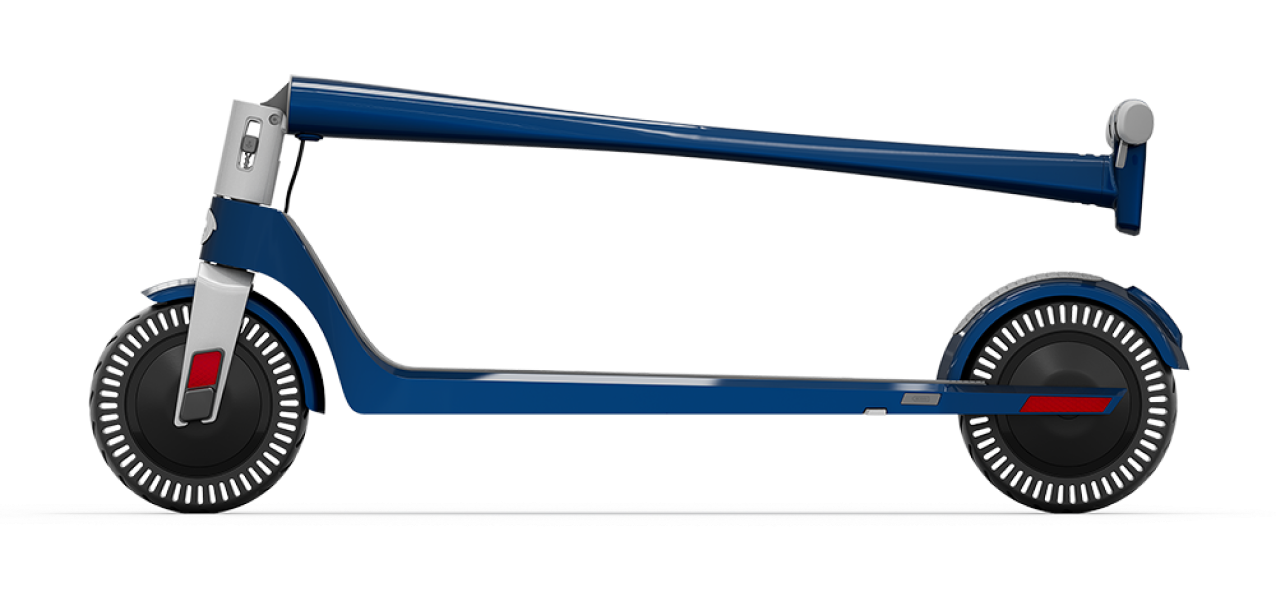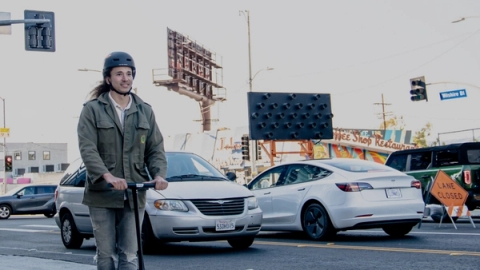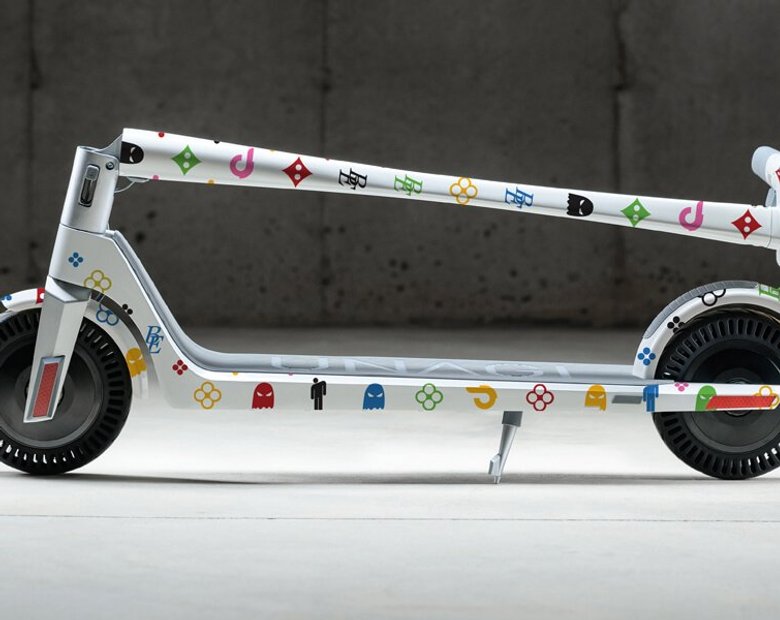Discover why I swapped my car for an Unagi Scooter! Dive into my journey from the monotony of traffic to the freedom of city streets, exploring the excitement, eco-friendliness, and simplicity of scooter life. Join the ride towards a more adventurous, sustainable urban lifestyle. Will you join me?
How to get more battery range for your riding buck! How much energy, how long, and how fast is down to your battery. In the age of the urban scooter, it can sometimes be your money or your battery life!
When you're checking out electric scooter batteries it pays to know the difference between power density and high energy density. Your battery charge capacity versus your battery's output voltage. You don't want rides slowing down half-way or suddenly cutting short.

Today's Batteries For Modern Electric Scooters
You may know the average electric scooter battery is a Lithium ion battery. But modern electric scooter batteries are upgrading and improving all the time. Unagi Voyager, for example, has a battery charging time cut by an incredible 50 per cent. And sodium batteries are tipped to be the next step in sustainable and ethical energy storage for a new generation of electric scooter.
In this quick guide to electric scooter batteries... we'll make it real easy for you to get a handle on what you really need to know before picking battery replacements - or going right ahead to buy or subscribe to your scooter of choice.
Let's charge this one up...
Do I Really Need To Know More About My Scooter Battery?
Straight off, yes! Not all electric scooters have the same battery capacity or energy output. Which will impact scooter performance - speed, range and reliability. Battery performance also includes your scooter motor, lights and handlebar controls.
When it's time to replace your e scooter batteries, you need to know which replacement battery pack to buy. Different batteries, and battery brands can have different battery specifications. Which may affect your daily scooter performance and lifespan.
Battery Basics
First, the TWO types of battery most often used to power electric scooters.
Type 1 - refers to a traditional battery, such as the lead acid battery, which is generally cheaper to buy but has a lower energy density and a shorter lifespan.
Type 2 - refers to more advanced batteries, such as the lithium-ion battery with a higher energy density, faster charging and a longer life span.
Next, a quick rundown of 3 basic battery terms you often read or hear about.
- Voltage
- Amp Hours (Ah)
- Work Hours (Wh)
Voltage
Voltage is simply a measure of the force - or intensity - of an electric current when it flows through a circuit. Just like water pressure affects how water flows along in a pipe, and is then released.
Electric scooter motors are generally rated with one of the following voltage values:
- 24v | 36v | 48v | 52v | 60v | 72v | 84v
The higher your battery voltage the faster and longer your scooter will travel. It will also improve hill climbs and capacity to carry heavier loads.
- Most electric scooters made for average urban commuting will be equipped with a battery rated between 24 volts - 48 volts. Which can produce top speeds of 40 - 60km/h (25-40 mph)- a real world range of 24 - 40 kms (15 - 25 miles).
- High performance scooters tend to come with battery voltages from 52V or 60v upwards ( top speeds of 64 - 80 km/h (40-50 mph) - a range of 40 - kms (25-40 miles).
Full Voltage vs Nominal Voltage
It should be noted that a battery's actual output voltage - known as Full voltage - may be around 0.5V below the voltage claimed by the battery manufacturer - referred to as the Nominal voltage.
This is because of operating conditions, such as electrical resistance or the battery management system.
A further type of voltage is called the Cut-off voltage - the level at which the battery cannot be discharged or risk permanent damage.
Voltage Sag
Voltage output can sometimes be temporarily affected by a phenomenon known as - Voltage Sag.

C-Rate
C-rate measures how quickly a battery can be discharged, based on its maximum capacity.
Most portable batteries are rated at 1C - known as a "one hour discharge" - which means the entire battery will discharge in one hour.
Examples:
- Discharge at 0.5C rate: Two hours - 1000mAh battery supplies 500mA
- Discharge at a 1C rate: One hour - 1000mAh battery supplies 1000mA
- Discharge at a 2C rate: 30 minutes - 1000mAh battery supplies 2000mA
Many electric scooter batteries have a C-rate of 0.5 - 2
Amp hours (Ah)
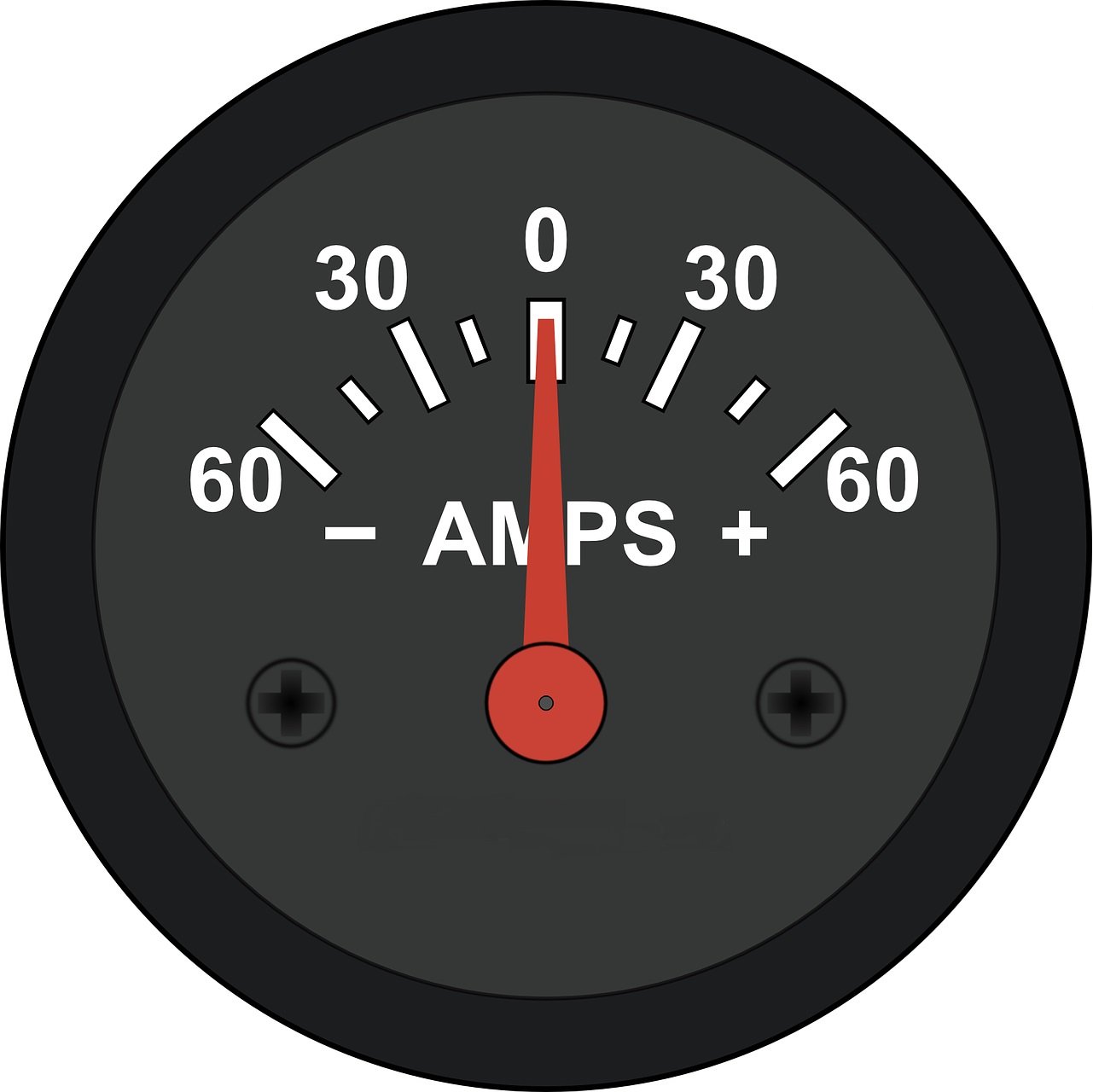
Batteries are also rated in amp hours (Ah):
The amount of electrical charge (measured in number of amps) that can be supplied within one hour.
The higher the number of amp-hours, the greater amount of energy stored. This gives longer mileage and range.
Watt hours (Wh)
Battery capacity is rated in Watt-hours (Wh):
- Amount of electrical energy indicated by the numbers watts of power that can be used over one hour.
As with amp-hours, higher battery watt-hours means more energy stored, to produce a longer range.
To calculate watt-hours (Wh): Battery voltage x Amp-hours.
Example:
Unagi Voyager comes with a 36 volt battery and 10.0 Amp hours
(Battery voltage): 36 x (Amp hours): 10.0 = 360 watt hours (Wh)
This means a single charge can deliver:
- 360 watts of power over one hour
and potentially:
- Up to 40 kms (25 miles) of range
Many riders usually refer to the efficiency of electric scooter battery life and performance by the number of watt-hours (Wh). Which can also help to you to better identify the right scooter type for your riding needs.
Electric scooter type by battery watt hours (Wh)
| Watt hours (Wh) | Scooter Class | Rider Type | Range | Charge Time (hrs) |
|---|---|---|---|---|
| 130 - 650 | Entry level, Budget, Commuter | Novice | 16-40 kms (10-25 miles) | 2.5 - 6 |
| 650 - 1000 | Intermediate, Commuter | Experienced | Up to 48 kms (30 miles) | 4 - 9 |
| 1000 - 3000 | Performance | Sports | Up to 150 kms (90 miles) | 8 - 12 |
The above figures may vary according to factors including: types of batteries, specific battery capacity, brand, and charger type.
What are the main batteries used today for electric scooters?
There are 3 types of batteries which will be most likely fitted to your electric scooter:
- Lithium-ion (Li-ion) battery
- Lead-Acid battery
- Nickel Metal Hydride (NiMH)
Starting with the most widely used scooter battery.
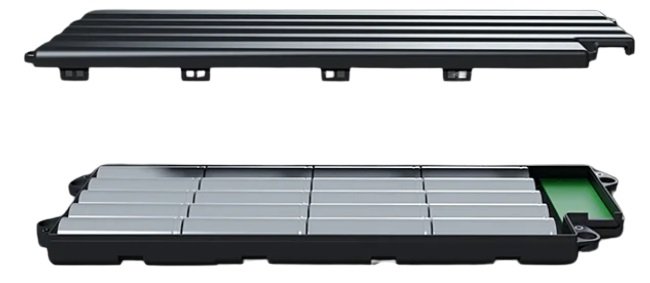
Lithium-ion batteries
You may have noticed that most electric scooters are equipped with Lithium-ion batteries.
Li-ion batteries were fitted to 75 per cent of all electric scooters in 2023, according to market research by US-based, Global Market Insights.
It reflects an increase in their use by a massive 500 per cent over the last ten years (Source: Avicenne Energy, Circular Energy Storage Report, 2018-25).
Why do many scooter brands use Lithium-ion batteries?
Simply because they have:
- Higher energy density*: This means they store more energy, which gives you a longer range.
- High voltage: This gives more available energy for faster speeds.
- Shorter charging time: Up to 5 or 6 hours compared to around 10-12 hours needed for some other battery types.
- Slower discharge rate: Around 1.5-2 per cent per month compared to an average 2-3 per cent.
- Lighter weight.
- Longer lifespans.

The downside of Lithium-ion batteries
You may have read or heard about Lithium-ion batteries catching fire. This happens when the temperature of the scooter battery heats up beyond its maximum rated energy storage level. The temperature of its immediate surroundings also rises, known as an exothermic response.
This triggers an uncontrollable chain reaction called thermal runaway, where the excess heat impacts adjacent cells in this brick like battery pack.
Battery Management System (BMS)
Today, many electric scooter brands, such as Unagi, install modern battery management systems(BMS), which are designed to monitor and prevent the likelihood of battery failures, such as:
- Overheating
- Short circuits
- Undervoltage/Overcurrent
- Overcharge/Discharge
How the Lithium-ion battery works?
An e scooter battery is made up of rows of individual, tube-shaped cells.
Many e scooters made for urban commutes are fitted with a type called 18650. This refers to their size in millimeters:
- 18mm (3/4in) x 65mm (2.5 in) - slightly larger than AA size batteries.
18650 cells have a longer lifespan but are more responsive to temperature rises. Larger size 21700 cells can now often be fitted to scooters intended for the long range (96 kms/ 60 miles) rather than the average urban daily commute.
Each of the battery cells, contains:
- 2 electrode conductors - one called:
(i) Anode - which is positive (+), and the other called:
(ii) Cathode - which is negative (-)
The two terminals are set in a liquid called:
- Electrolyte - consisting of soluble salts, acids or other chemical substances, called 'bases', dissolved in water.
Between the two terminals is a:
- Separator - which maintains a safety barrier between the anode and cathode to prevent electrical short circuits. At the same it allows the charged ion particles to flow freely between the two electrodes.
Charge-carrying lithium particles - these are the ions - travel back and forth in the electrolyte between the 2 electrode conductors.
This movement causes the battery to release electrons - invisible, sub-atomic molecules which carry electricity - and create the charge for the battery to power the scooter.
Each battery cell operates:
- Between 3.0 volts (0 percent charge) to 4.2 volts (100 percent charge).
When do I need to replace a Lithium-ion battery?
Lithium-ion batteries do have a longer lifespan than an earlier version containing pure, metallic lithium, which had to be replaced after one single charge. Current versions contain Lithium-ion compounds that enable multiple charging cycles.
Eventually, the battery cells will start to lose charging capacity and storage efficiency.
| No. of charge/discharge cycles | No. of miles | No. of Years | Loss of capacity |
|---|---|---|---|
| 300 - 500 | 3,000 - 10,000 | 1 - 3 | 20 per cent |
| 1,000 - 2,000 | 5,000 - 12,000 | 2 - 4 | 30 - 40 per cent |
IMPORTANT: The above values are approximate only and will vary according to:
- Scooter brand and model
- Regular riding styles and conditions
- Battery overcharging and discharging
- Maintenance, wear and tear
Different types of Lithium battery packs
When it's time to finally replace electric scooter batteries, it's important you know that Lithium-based batteries come in a variety of types.
The most common Lithium-ion batteries also used by electric scooter manufacturers include:
Lithium Polymer (LiPo) batteries
A high-density, high power capacity battery in a lightweight format. This not only reduces scooter weight for improved riding speeds and portability. It also offers the possibility to use swappable batteries to double energy storage capacity and range.
The LiPo battery comes in an aluminum foil “pouch”, with a reduced size of around 13.2cm (5.1in) x 7.6cm (3in) x 0.71cm (0.25in). Traditional lithium-ion batteries are usually contained in a rectangular steel or aluminum casing of around 32cm (12.6in) x 7.4cm (3in) x 4.5cm (1.7in).
Instead of the conventional liquid electrolyte, a LiPo battery contains a polymer electrolyte. This is a high conductivity gel, and not a true, lithium polymer solid.
It also has a polymer separator between the two electrodes, which will shut down the battery if it starts overheating during charging or discharging.
Lithium-Manganese Nickel (INR, NMC) batteries
A combination of nickel, manganese and cobalt with both high capacity and output. Most Lithium manganese batteries are blended with nickel and cobalt oxide (NMC) as an active cathode material, which boosts energy and prolongs life span.
It's also the safest of the lithium-ion range. The presence of manganese:
- Reduces battery resistance
- Increases current output - while at the same time-
- Maintaining a stable, low temperature ( and risk of thermal runaway)
Lithium-Ferro Phosphate (LFP) batteries
Lithium Iron Phosphate (LFP) batteries use lithium iron phosphate for the cathode and metal-backed graphite carbon as the anode. They're used in electric scooters because LFP batteries can deliver the required high load currents and resilience. They also have better thermal and chemical stability than lithium-ion batteries, which prevent extreme temperatures and improve battery safety.
LFP batteries, which are cobalt-free, can have a considerably longer cycle life than other lithium-ion battery types, Typically more than 3,000 cycles, and under optimal conditions, over 10,000 cycles.
The slow discharge rates - around 2-3 per cent per month - means LP batteries can hold their charge for longer over time.
Overall, the battery chemistry has a lifespan 2-3 times longer than NMC batteries, which is both cost effective and more sustainable.
Lithium batteries - for other devices
Lithium batteries are also used in smaller devices, such as smartphones, laptops, and tablets. And each has a slightly different battery configuration and chemistry, which modifies capacity and output, including:
- Lithium cobalt oxide (ICR, LCO) - Contains the highest energy density because it uses cobalt oxide as the cathode and graphite carbon as the anode. Lithium cobalt batteries are typically used in smartphones, laptops and watches for its high energy density, and power output capability over long periods.
- Lithium manganese oxide (IMR, LMO) - This battery type is usually found on quality performance scooters which use INR* chemistry.
*INR stands for Li-NiMnCoO2 -“Lithium Nickel Manganese Cobalt Oxide - which can maintain a balance between high capacity and high discharge rate. And is ideal for high performance e scooters that demand considerable power and long battery life.
LMO batteries are also one of the safest types. Manganese lowers resistance, allowing high output and low temperatures. This reduces thermal runaway and fire risk.
- Lithium aluminum (NCA)
- Lithium nickel (NCM)
NCA (lithium, nickel, cobalt aluminum) and NCM (nickel, cobalt manganese) batteries provide exceptional levels of performance with:
- Highest power and energy density
- Good cycle life (often around 800 charging/ discharging cycles)
- Low self discharge
- Minimal weight
Lead-Acid batteries
Invented in 1959, the lead acid battery was the first of its kind. They were known to instantly produce both high current and high power storage. As a result, they were the most common and low cost vehicle batteries available.
There were two main types of sealed lead acid batteries:
- Engine starter batteries - designed to use a small percentage of their capacity to provide high charge rates to start the engine.
- Deep-cycle batteries - provided continuous electricity to run electric vehicles like forklifts or golf carts. Deep-cycle batteries are also used as back up batteries in recreational vehicles.
Today, you will mostly find sealed lead acid batteries powering mobility vehicles and just a few electric scooters, specifically, low-cost children's scooters.
However, you may opt to use sealed lead acid batteries because of the following benefits:
- Low cost and affordable
- High power output
- Easily rechargeable
Compared to lithium-ion batteries, the sealed lead acid battery has:
- Lower energy density
- Slower charging time
- Heavier weight
- Shorter cycle life
- Less resilient to extreme temperatures
All electric wheelchair and scooter batteries are rated at 12 volts and are usually fitted (and replaced) in pairs, which gives a 24 volt output - now a minimum energy rating for a viable urban scooter.
Nickel Metal Hydride batteries (NiMH)
NiMH batteries - as they're often called - are commonly found powering a variety of consumer electronics, typically digital cameras. Or where there is a demand for instant high energy consumption, such as children's toys.
The NiMh battery has a specific energy of 30–80 Wh/kg, which is higher than the lead acid battery.
Key advantages include:
- High energy density - similar to a lithium-ion battery
- Higher energy storage energy - a lighter weight
- Resilience to extreme temperatures
As a mature technology, there is a downside:
- 60–70 per cent less efficient charging /discharging - up 10-12 hours
- Low voltage output - operating at 1.2V per cell - lower than 1.5v standard - to give around 26.4v minimum.
Mature Technologies
An electric scooter's battery can still be made with mature technologies, sometimes called a Type I battery. This simply means this battery type has been reliably in use for many years. Components and functionality may not always match up to the higher voltages, storage capacity, range and sustainability, constantly developed for today's personal transportation needs.
Battery technology - what's next
Today, the lithium ion battery can be found powering most electric scooters. But will the road soon be running out?
Battery manufacturers constantly upgrade their product's safety, reliability, efficiency and sustainability. A new generation of high capacity battery aims to meet increasing demand for higher density storage, faster charging, longer range and lifespan.
So what new battery technology could soon be driving you faster, for longer?
Solid state batteries
In 2022, a Taiwanese scooter maker revealed its first prototype for a lithium-ceramic, solid-state swappable battery. Boasting an estimated capacity of 2.5kWh, it beats out a swappable lithium-ion battery with liquid electrolyte, currently with a capacity of around 1.7kWh.
To date, solid state batteries can be used in small electronic devices such as smart watches. Mass-market production for electric vehicles, including e scooters, may only be around the corner.
It's important to know the difference between 2 types of solid state batteries:
- Bulk - stores a large amount of energy, designed for electric vehicles, such as e scooters
- which is different from -
- Thin film - stores a low amount of energy, designed for small portable devices
How it works
Solid state batteries are made with non-flammable, inorganic solid electrolytes to:
- Generate and retain a high-density charge
- Reduce fire risk and work more effectively at higher operating temperatures
A solid electrolyte also has a greater ability to generate a charge because there is:
- No separator between the two electrodes
This means that a solid electrolyte battery can have a:
- Greater energy density per weight or volume
- Faster charging time
- as well as a -
- Larger-capacity for a higher-output
- Longer range and life span

Another example of using solid electrolytes to produce higher density in a lithium battery include:
- Lithium air batteries, and
- Lithium sulfur batteries
Lithium-air batteries
How it works
In this combination, oxygen molecules present at the positive (+) electrode react with the positively charged lithium ions to form a white, solid granular material known as lithium peroxide (Li2O2). Electric energy is then created by the electrons drawn from the electrode.
Research shows that this type of electrolyte battery could potentially boost energy density to:
- FOUR TIMES more than a standard lithium-ion battery
Plus, an increase in the amount of energy put in during charging is released as power during discharging. Which means less energy is lost at each recharge.
Currently, an amount of generated energy can be lost as heat which quickly reduces the charge.
Lithium-air batteries are currently also built as "open-cell" , compared to traditional sealed batteries. And also need extra components for delivering the stored charge.
Lithium sulfur batteries
Sulfer, an abundant and cheaply sourced material, is shown to 'store' more energy than a traditional, ion-based battery.
How it works
Here, a sulfur-containing positive (+) electrode is paired with a lithium metal negative (-) electrode. And a sulfur-containing 'active' separator was inserted between the electrodes.
As the ions (charge-carrying particles) pass between the two electrodes, an electronic current is created, capable of three times more capacity.
The active separator maintained also boosted capacity to give:
- 700 charging cycles
That's around double the number of charge cycles of a current, electric scooter lithium-ion battery. Which translates to longer battery life and range before capacity reduces.
Tests to make the sulfur separator much thinner and lighter could further reduce overall weight and improve portability.
Sodium-ion batteries
Sodium is also readily available and low-cost and could be a real alternative to lithium-ion for energy storage.
How it works
A sodium-ion battery is almost identical to the standard lithium-ion type. The difference is:
- Sodium replaces lithium as the charge-carrying ions to create similar, powerful voltages.
Sodium-ion batteries are shown to reach levels of energy density comparable to some early lithium-ion batteries with an extended lifespan of:
- 300 or more charging cycles - for micromobility vehicles, including electric scooters.
- Up to 90 per cent retained energy.
(Source: US Department of Energy’s Pacific Northwest National Laboratory (PNNL), February 2022)
Research also continues into next-generation batteries with reduced fire risk, such as:
Aqueous magnesium batteries
How it works
Here, the positive (+) electrode is magnesium - a metal estimated to be 1,000 times more abundant than lithium.
Magnesium metals generally create a highly unstable reaction when used in batteries. When immersed in an aqueous (liquid-moist) environment, a rigid, resistant barrier is formed which blocks unwanted reactions.
Test results have shown significant results. An aqueous magnesium battery can exceed 2.0 - 2.4 v of a typical ion battery with a capacity for 700 plus recharging cycles.
How you can prolong electric scooter battery life?
Manufacturers are always testing how to boost battery charge, capacity and lifespan. You can also do a lot to help get the most from your electric scooter battery.
How long your electric scooter's battery lasts depends on the following:
Charging
- Always using the correct charger - a different type could cause battery damage
- How you charge/discharge your scooter battery - try to maintain a 10 per cent level and avoid complete battery drain.
- Allowing your scooter sufficient cooling time after a long ride, before recharging
- Not overcharging - always unplug after completing the manufacturer's stated full charging time.
- Only charging to 50 per cent if keeping scooter in long-term storage
Riding and storage
- How you ride your scooter - whether average cruising or max speed
- Where and when you ride your scooter - flat or uneven ground, in wet weather
- How often you ride your scooter - everyday or less frequently
- Rider weight
- How often you check, service /maintain your scooter
- Where your scooter is stored - should always be in areas of moderate temperature, and away from direct sunlight
Summary
How fast you ride, how long you ride, how short your charging time - is mostly down to your scooter battery. You always need to have the right type - no one size fits all. Check the voltage and work hours (Wh). Keep to the original manufacturer brand/spec.
Most electric scooters today are powered by the lithium-ion battery. Further on up the road, you may soon be using lithium batteries using air, sulfur, polymer or sodium.
The demand for higher density, longer storage and shorter charging keeps pushing the frontiers of battery chemistry forward.
Find out more about how to safely charge your electric scooter

Read more.

Read more.

Read more.

Read more.

Read more.

Read more.

Read more.

Read more.

Read more.

“Is my scooter legal?” is a question many are increasingly asking. The micromobility industry is one of the fastest-growing and most exciting in the world—with promises for...in addition to abundances of the basics of time and money savings. And with this pace of innovation comes a struggle for regulation to keep up.
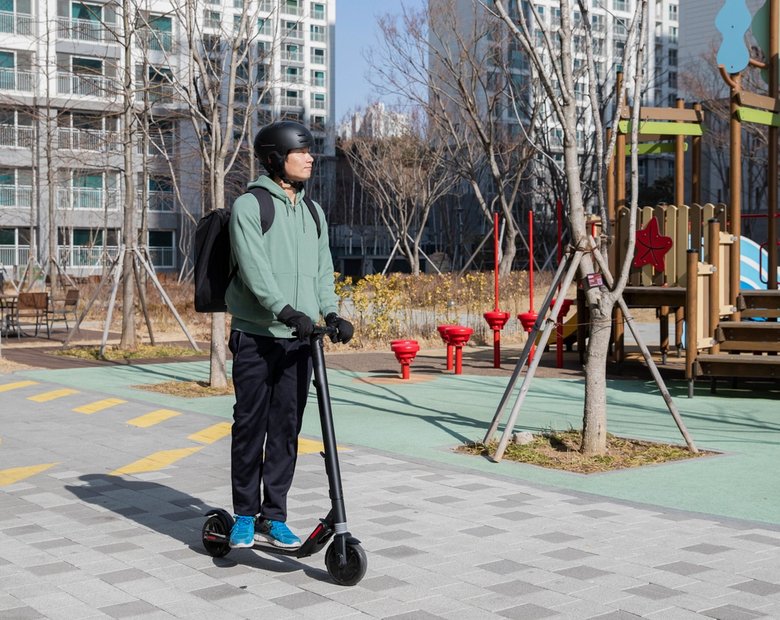
So, you're thinking about joining the electric scooter revolution, huh? You've seen those sleek and stylish scooters zipping around town, effortlessly gliding through traffic, and you can't help but wonder: Are electric scooters easy to ride?
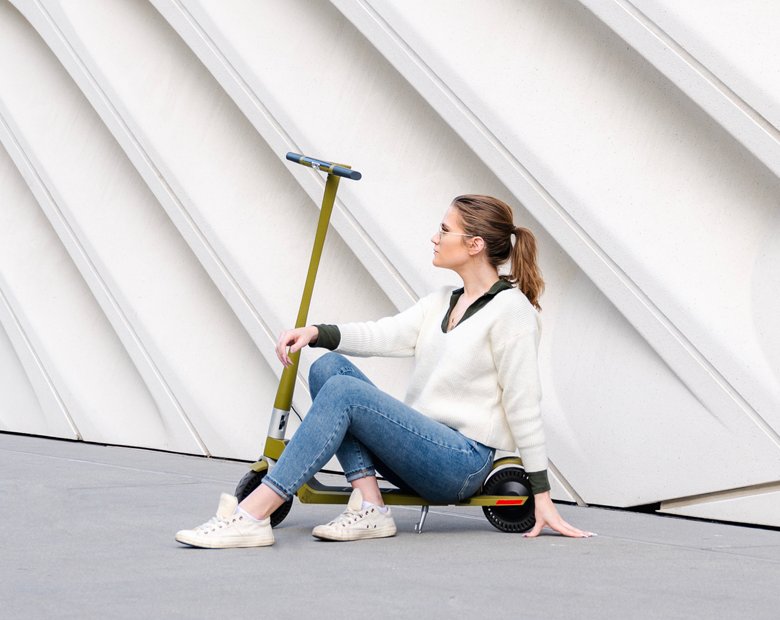
In this guide, we'll break down what defines a lightweight electric scooter, why you should choose one, and the top features you should look for.
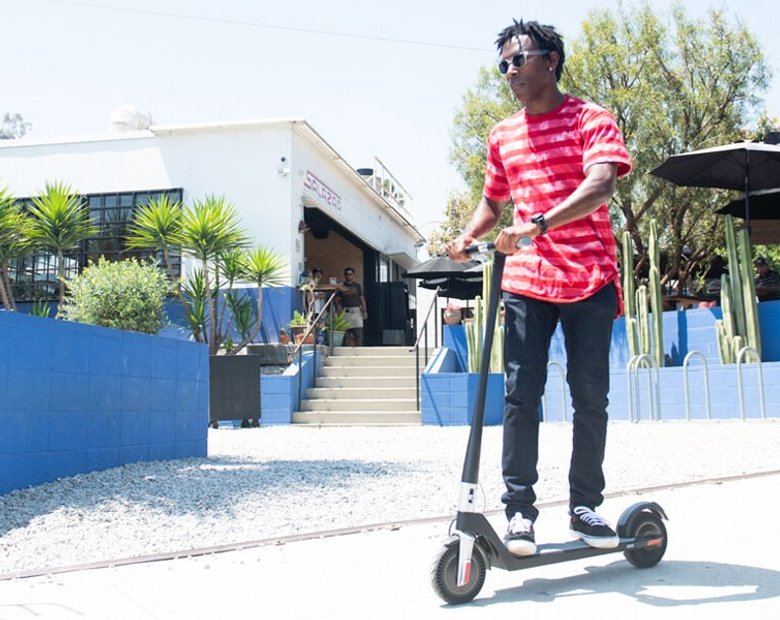
Want to get the most out of your electric scooter battery and extend your riding adventures? We've got you covered with our comprehensive guide full of maintenance tips and best practices.


*Disclaimer: Unagi, INC. has used best efforts, but does not in any manner guarantee the accuracy of the below findings regarding electric scooter laws in the United States or internationally. Electric scooter riders or those considering to purchase or begin…

It’s beyond question that we must drastically reduce carbon emissions in the coming years to head off the worst effects of climate change. How we do that has been a matter of considerably drawn-out debate. As individuals, it can be…

If you're considering riding an electric scooter for the daily urban commute - or even just for recreation - this article will give you the lowdown on getting insurance for an electric scooter.

In many regions, there's a clear restriction against riding electric scooters on the road, with the rules steering their use towards designated areas such as bicycle lanes, multi-use paths, and shared street paths.

The basis and the premise of my work is that we either operate out of love or we operate out of fear...Time is currency. The coolest thing about the scooters is that it's really quick, and it goes uphill. From there, traveling more efficiently and having a good time doing it--I think that's the most important thing.

Cynthia Leu has a full plate. A tech worker by day, Cynthia spends her off time balancing the parallel lives of a powerlifter, entrepreneur, mental health advocate, and more. Riding Unagi helps this USMC veteran cut down on everyday…

https://www.youtube.com/watch?v=7m2hVBE62LY Rasheed Muhammad is sick of Los Angeles traffic. In order to preserve his sanity, Rasheed has traded his everyday driving habit for the portable and beautiful Unagi Model One. It’s an essential accessory for navigating LA streets -- and…

Rich Lee, Co-Founder of San Francisco’s SPRO Coffee Lab, wants to share his love for coffee with the world. He depends on riding Unagi to avoid the hassle of navigating the parking crunch in the booming Mission Bay neighborhood.…


